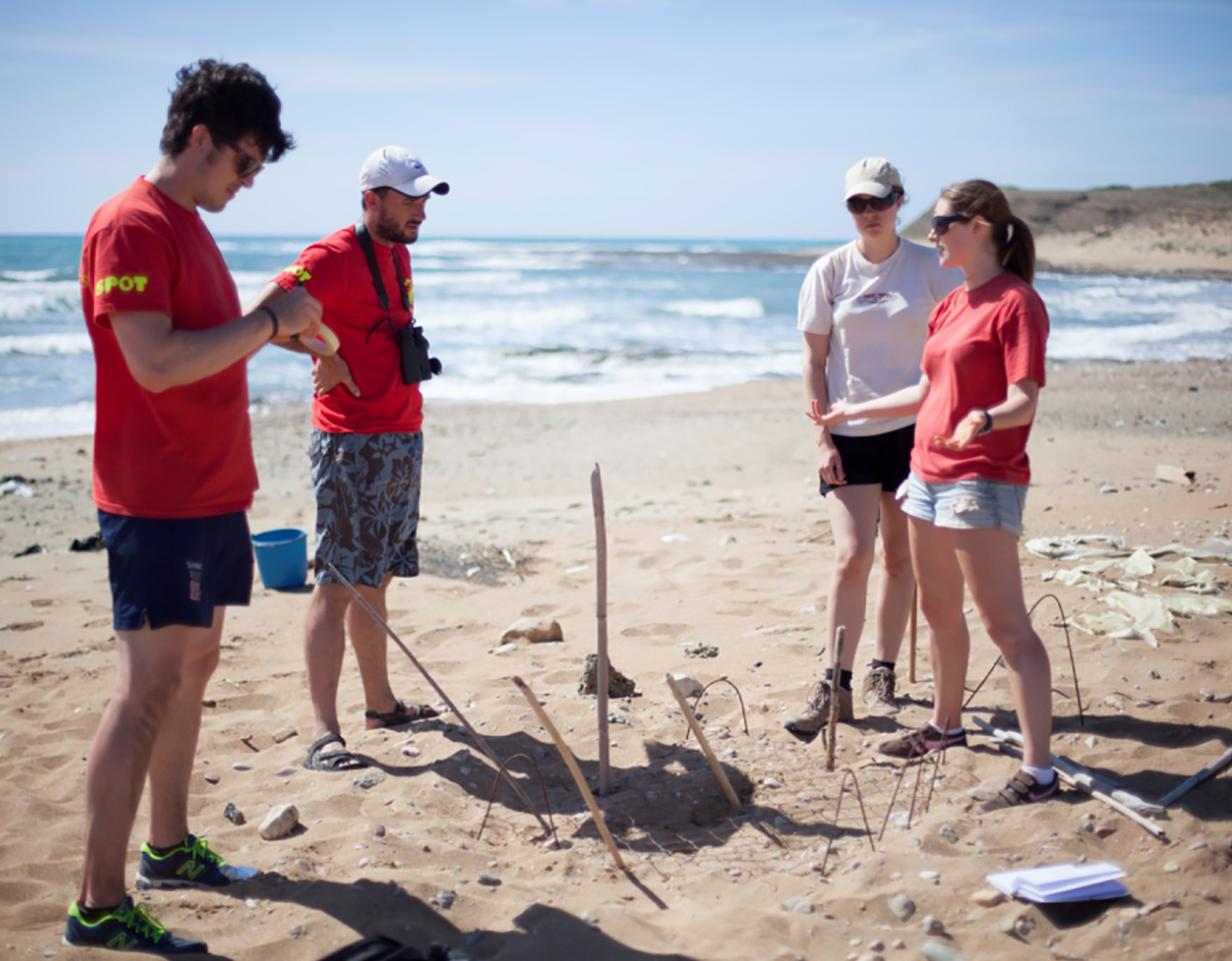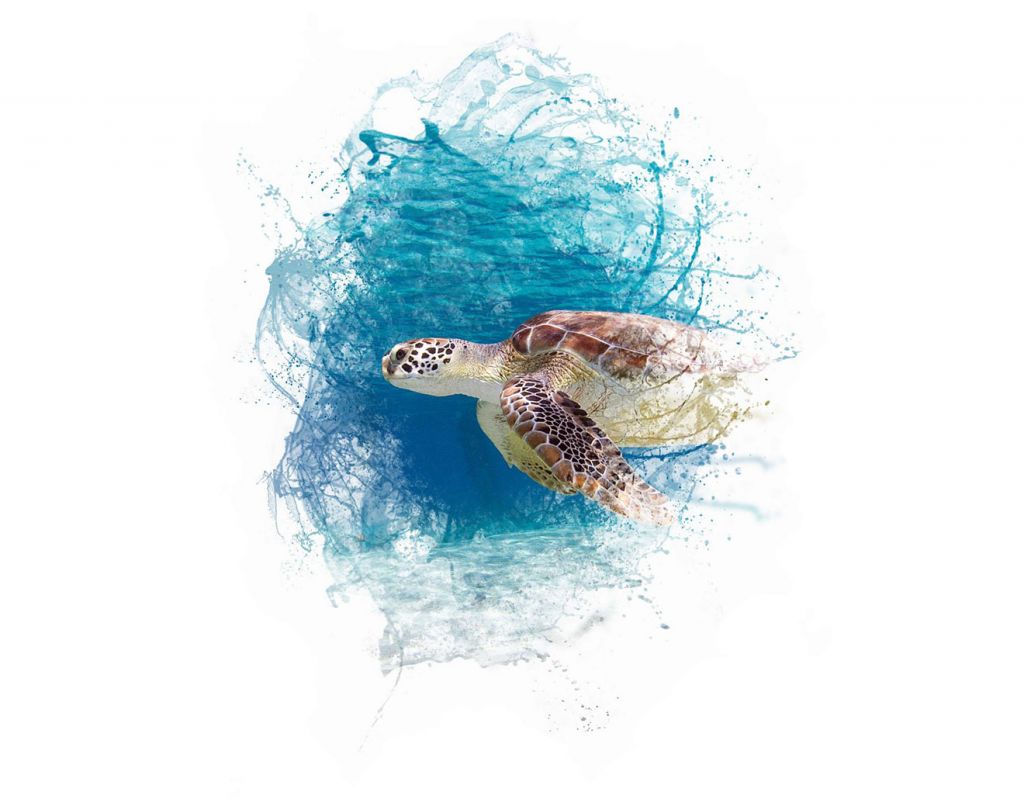MARINE TURTLE CONSERVATION PROJECT (MTCP)
Monitoring and Conserving Marine Turtles Since 1992
Successes
During the last decade, the numbers of green and loggerhead turtles nesting on the beaches monitored by MTCP has been consistently increasing, which is an indication that our conservation efforts are paying off. As a result of our efforts, five Natura 2000 Specially Protected Areas have been designated and everyone on the island knows that sea turtles are under protection.

RESEARCH
THREATS AND CONSERVATION EFFORTS
Whilst many nests successfully hatch, others fail completely. One of the major reasons for this is the high level of predation, mainly by foxes and dogs. A key aim of this project is to reduce the levels of predation by screening nests. Only a small fraction, perhaps 1 of 1000 hatchlings survive to reach adulthood, somewhere between 15 to 30 years after hatching. By protecting the nests and increasing the number of hatchlings that reach the sea we aim to boost the number of surviving adults in the future.
A major threat to marine turtles in Cyprus and in other foraging grounds around the east Mediterranean, is mortality as bycatch in fisheries. Each year many dead turtles are stranded on North Cyprus beaches having drowned in nets or entangled in swallowed fishing lines. SPOT conduct educational outreach workshops and presentations to artisan fishers who we gather together in their ports. Through this effort we have built a participatory relationship with fishers and fishers are even aiding our research by informing us when they see and catch turtles.


The vast quantities of marine plastic and trash deposited on the beaches by visitors also threaten the survival of Mediterranean turtles. Many of the turtles we find stranded on beaches we dissect to confirm sex and to analyse stomach contents. In many of these stomach samples we find plastic bags and other items of debris which turtles are attracted to. Plastic can cause suffocation and death and may lead to secondary health problems.
Whilst the loss of beach habitat as a result of tourist development is a problem in many areas of the Mediterranean, until very recently this has not been a major threat to these populations in North Cyprus. And there still remain many remote and unspoilt beaches where turtles continue to nest in significant numbers. However, we are now starting to see unchecked development and building without environmental impact assessment around key habitats. For example the widening of a main road behind Ronnas Bay, the third most important nesting site for green turtles in the Mediterranean. A lit walkway and two major hotel and housing development projects were recently completed behind kilometres of nesting beach in the Iskele region, with no assessment of the impact on the important sea turtles. Over the last decade we have seen the expansion of many restaurants and hotels close to turtle nesting beaches, encroaching on and degrading the available nesting habitat.
RESEARCH
A legacy of peer-reviewed publications has been built by MTRG from studies conducted in North Cyprus (see publications). Research interests have always been extremely broad, as is the nature of marine turtle research as even now so much is yet to be understood. Larger research campaigns have included turtle habitat use and at-sea behaviour both in Cyprus and at their distant foraging grounds and determination of major migratory corridors (see tracking). These studies enable local and international designation of protected areas toward conservation of priority marine sites to protect turtles where they are foraging. Determination of sex ratios through long-term incubation temperature studies, population genetics, the effects of climate change on marine turtles and the interaction of marine turtles with fisheries.

